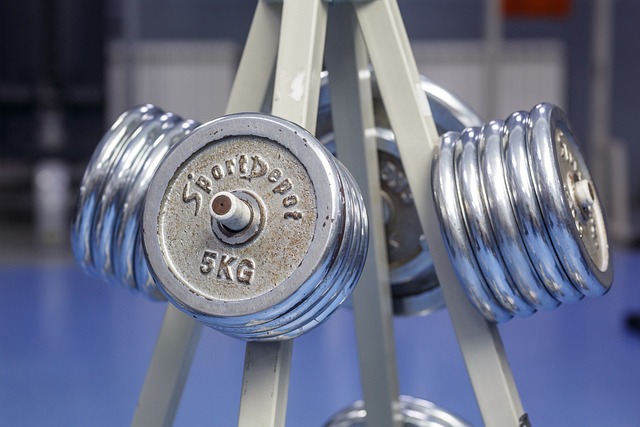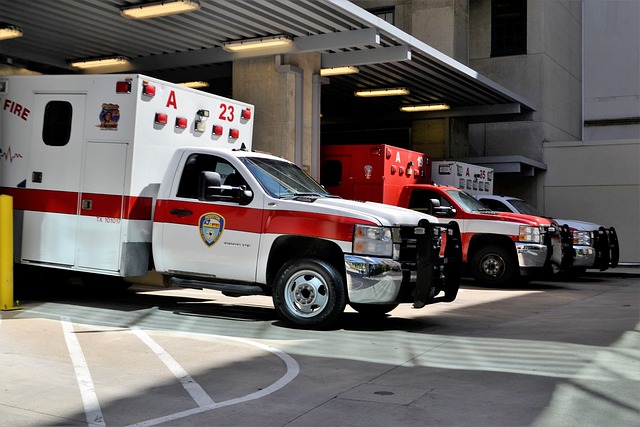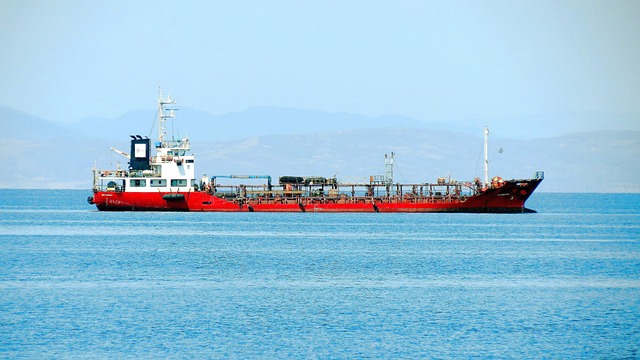Northwest fire training simulators offer immersive, safe practice for hazardous material incidents, enhancing response efficiency and safety through realistic scenario replication, improving team coordination, and prioritizing proactive safety cultures among hazmat teams. These cutting-edge tools are tailored to Northwest geography, providing cost-effective preparation for emergency responders facing unique regional challenges.
In the dynamic landscape of emergency response, effective preparation is paramount. For teams in the Northwest, specialized training in hazardous material (hazmat) rollover scenarios is crucial. This article explores the Northwest Vendor Hazmat Rollover Trainer, a cutting-edge program utilizing a fire training simulator to recreate realistic Northwest conditions. We delve into its benefits for emergency preparedness, focusing on efficient hazard management and safety enhancements tailored to regional challenges.
- Northwest Vendor Hazmat Rollover Training: Essential Drills
- Fire Training Simulator: Realistic Northwest Scenario
- Emergency Response Preparedness: A Deep Dive into Rollovers
- Hazardous Materials Management: Drilling for Efficiency
- Enhancing Safety: Northwest-Specific Training Techniques
Northwest Vendor Hazmat Rollover Training: Essential Drills

In the dynamic world of emergency response, preparation is key to ensuring swift and effective handling of hazardous material incidents. Northwest Vendor Hazmat Rollover Training offers an immersive experience through state-of-the-art fire training simulators. These simulations are designed to replicate real-world scenarios, equipping professionals with crucial skills for navigating potentially deadly situations. By participating in these drills, first responders enhance their ability to react promptly and efficiently when faced with hazardous materials rollovers.
The fire training simulator northwest provides a safe environment to practice various techniques, including proper decontamination procedures, emergency communication protocols, and the safe use of specialized equipment. This hands-on approach allows trainees to gain practical experience, fostering confidence and coordinated response during actual emergencies. The simulators offer a cost-effective and efficient way to maintain high standards in hazardous material management, ultimately saving lives and minimizing risks.
Fire Training Simulator: Realistic Northwest Scenario

Experience a lifelike Northwest scenario with our cutting-edge Fire Training Simulator. This advanced technology recreates challenging, realistic conditions that firefighters encounter in the region’s unique and often rugged terrain. From dense forests to urban sprawl, the simulator covers diverse environments, ensuring comprehensive preparation for any call.
Immerse yourself in an authentic experience that mirrors local hazards and challenges. Trainers can precisely simulate hazardous material rollovers, enabling drills that sharpen response times, enhance safety protocols, and foster effective teamwork—all without putting personnel at risk. Our Fire Training Simulator is a game-changer for Northwest fire departments, offering an efficient, cost-effective solution to stay prepared and ready.
Emergency Response Preparedness: A Deep Dive into Rollovers

In today’s fast-paced and unpredictable world, emergency response preparedness is more crucial than ever. For hazardous materials (hazmat) teams in the Northwest, mastering rollover scenarios is a critical aspect of their training regimen. A fire training simulator northwest vendors offer can provide a safe, controlled environment to practice these high-stakes situations.
By utilizing cutting-edge technology, these simulators replicate real-world rollover incidents with intricate detail, allowing first responders to hone their skills and gain invaluable experience. Through simulated scenarios, teams can enhance their coordination, decision-making, and overall responsiveness during actual emergencies. This deep dive into rollover training ensures that when the call comes, Northwest hazmat teams are ready to handle challenges head-on, prioritizing safety and effective management of hazardous materials.
Hazardous Materials Management: Drilling for Efficiency

In today’s digital era, efficient Hazardous Materials (HazMat) management is no longer a luxury but an imperative for businesses in the Northwest and beyond. Vendors and trainers alike are leveraging cutting-edge technologies like fire training simulators to revolutionize safety protocols. These state-of-the-art tools offer a controlled environment where workers can hone their skills, ensuring they’re prepared for real-world HazMat scenarios without risking personal safety or environmental damage.
By integrating fire training simulators into their drill routines, Northwest vendors are enhancing operational efficiency and compliance. Such simulations provide an opportunity to test emergency responses, streamline decontamination processes, and foster a culture of proactive safety measures. This not only improves overall preparedness but also instills confidence among employees, making them better equipped to handle hazardous situations promptly and effectively.
Enhancing Safety: Northwest-Specific Training Techniques

The Northwest region presents unique challenges for hazardous material (hazmat) management due to its diverse geography and climate. To address these specific needs, specialized training programs have been developed, incorporating cutting-edge technology like fire training simulators tailored for the Northwest. These simulators offer a safe, controlled environment to practice responding to hazmat incidents, allowing trainees to gain hands-on experience in various scenarios relevant to the region.
By leveraging these northwest-specific training techniques, emergency responders can enhance their preparedness and ensure they are equipped to handle real-world situations effectively. The fire training simulator northwest has proven to be a valuable tool in improving safety protocols, refining rescue strategies, and fostering better coordination among teams responding to hazardous material incidents across the region.






